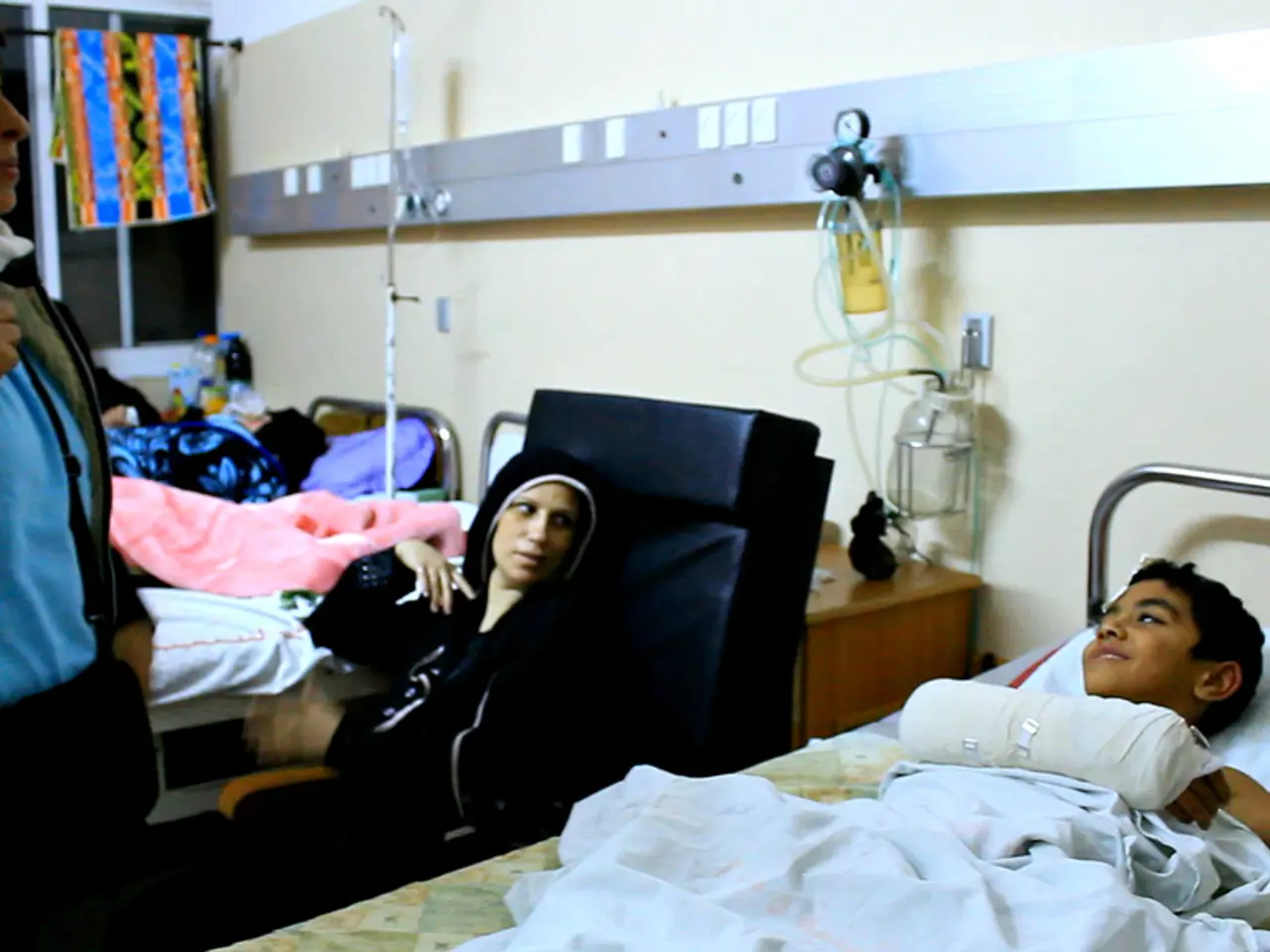Discussion: Houston Methodist's Strategies for Leading Healthcare Innovation
In the rapidly evolving landscape of healthcare, Houston Methodist is leading the charge, prioritizing innovation to advance health equity, improve patient safety, and enhance care delivery. Dr. Sarah Pletcher, System Vice President and Executive Medical Director for Strategic Innovation, has been instrumental in driving this change.
Dr. Pletcher, an advocate for the use of artificial intelligence and machine learning in healthcare, is eager to see these technologies improve patient care, documentation, and service efficiency. She encourages all healthcare organizations to find ways to leverage these capabilities, acknowledging the lack of research in many areas.
Houston Methodist's approach to innovation is guided by a commitment to health equity. Methodist Healthcare Ministries of South Texas, an affiliate, focuses on addressing systemic inequities and socio-economic barriers that prevent people from achieving optimal health. This strategic focus underpins their care innovations, including precision medicine and remote monitoring.
Performance improvement and patient safety are also key outcomes of Houston Methodist's innovation efforts. Specialists design initiatives to enhance quality and safety in patient care, with a particular focus on virtual nursing and remote patient monitoring technologies.
The institution is actively engaged in digital health transformation, integrating virtual nursing and remote monitoring as parts of a broader commitment to value-based care models and integrated virtual care systems. This approach is informed by frameworks such as telehealth strategy and evolving care models promoted by industry leaders.
To ensure these innovations are sustainably integrated into care delivery, Houston Methodist supports research roles and project specialists focusing on sustainability and quality. This rigorous, evidence-based approach is essential for the successful implementation of precision medicine and digital health innovations.
The pandemic accelerated Houston Methodist's focus on virtual care, leading to a massive, warp-speed rollout of care redesign in various hospital environments. Dr. Pletcher's top priorities for the next few years include centralizing, virtualizing, automating, and intelligently refining healthcare to give care teams and patients more time and deliver better care.
Adoption of Houston Methodist's virtual nursing program was rapid, and the system continues to expand and change the program, looking to leverage teams, tools, and platforms to expand to other care areas, such as the home. The institution is currently leveraging AI and machine learning in their central monitoring programs to be more predictive and proactive in patient care.
Clinicians and consumers are hopeful about a future of healthcare that is more personalized, collaborative, and mindful of both provider and patient needs. GE HealthCare research identified six trends driving healthcare transformation: well-being of care teams, patient and provider partnership, smart technologies, harnessing the power of Big Data, distributed care, and predictive, preventive, and precision medicine.
In conclusion, Houston Methodist's strategic approach to innovation in precision medicine, virtual nursing, and remote patient monitoring is comprehensive, focusing on health equity, performance improvement and patient safety, digital transformation and telehealth integration, and leveraging research and quality project management to implement and sustain innovations effectively. This approach ensures that these advanced healthcare strategies optimize patient outcomes while addressing systemic barriers and enhancing overall community health.
Dr. Pletcher, with her advocacy for artificial intelligence and machine learning, is eager to see these technologies integrated into healthcare for improved patient care, documentation, and service efficiency. Houston Methodist's approach to innovation includes utilizing artificial intelligence in central monitoring programs to provide more predictive and proactive patient care.




